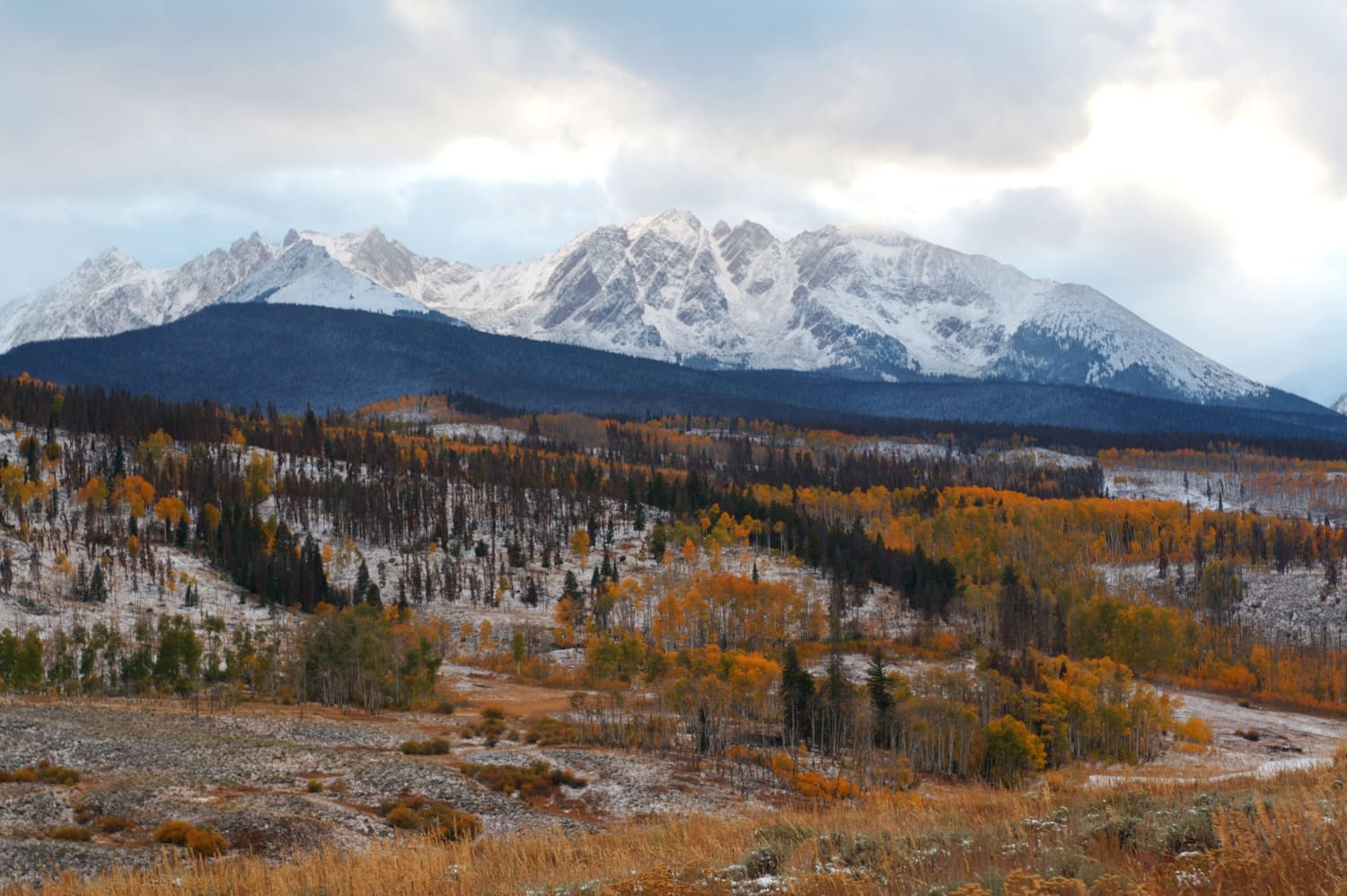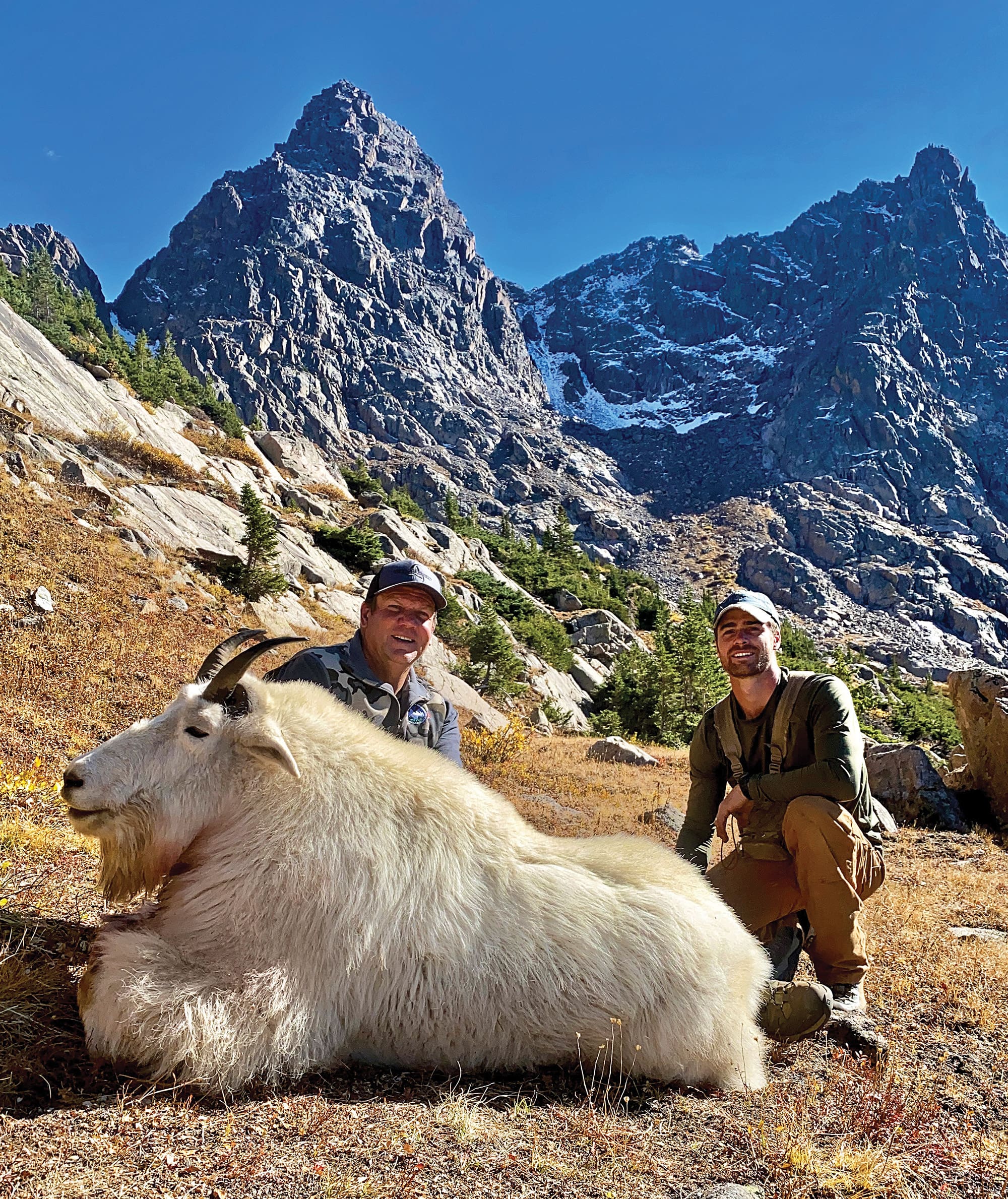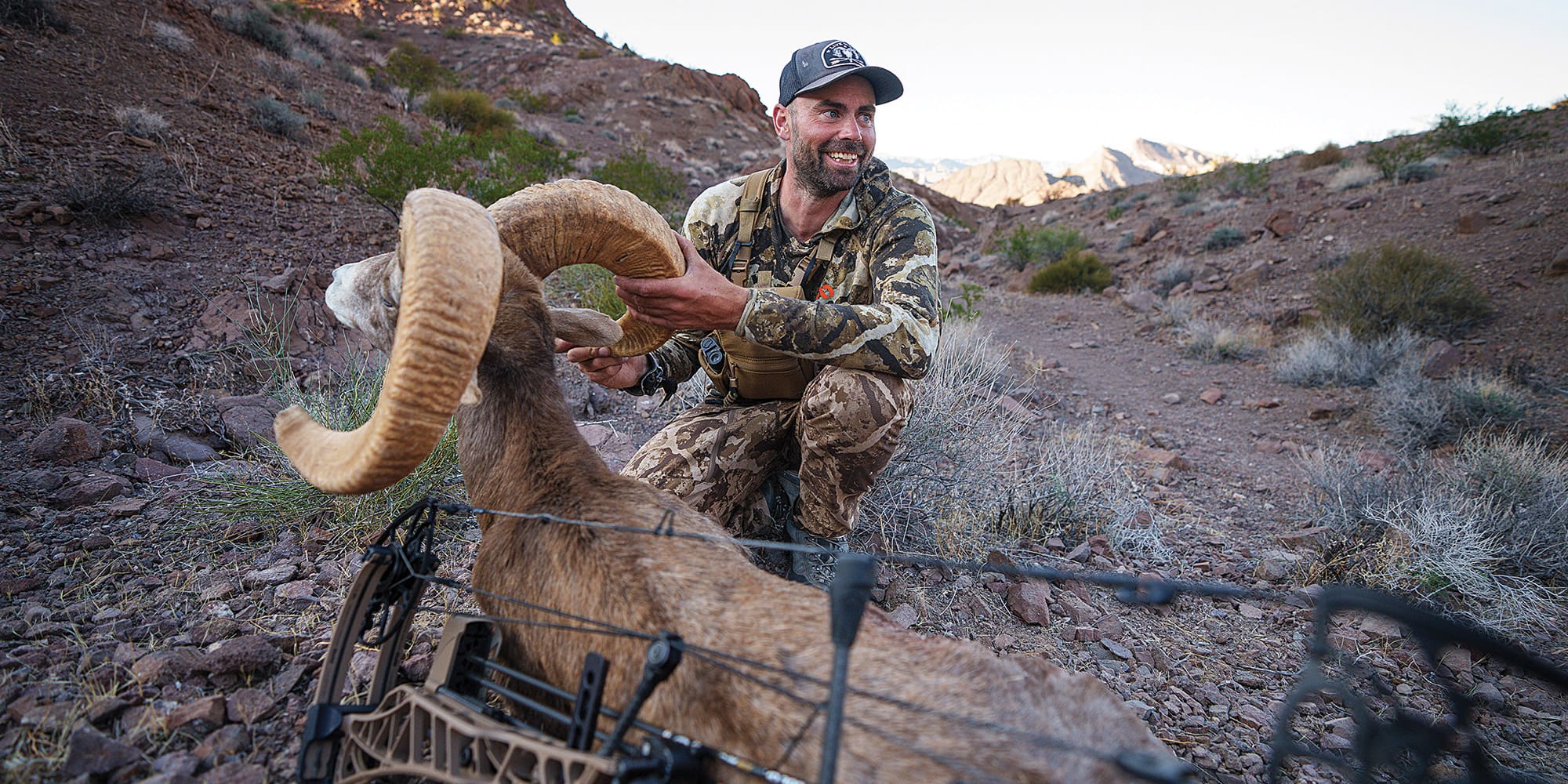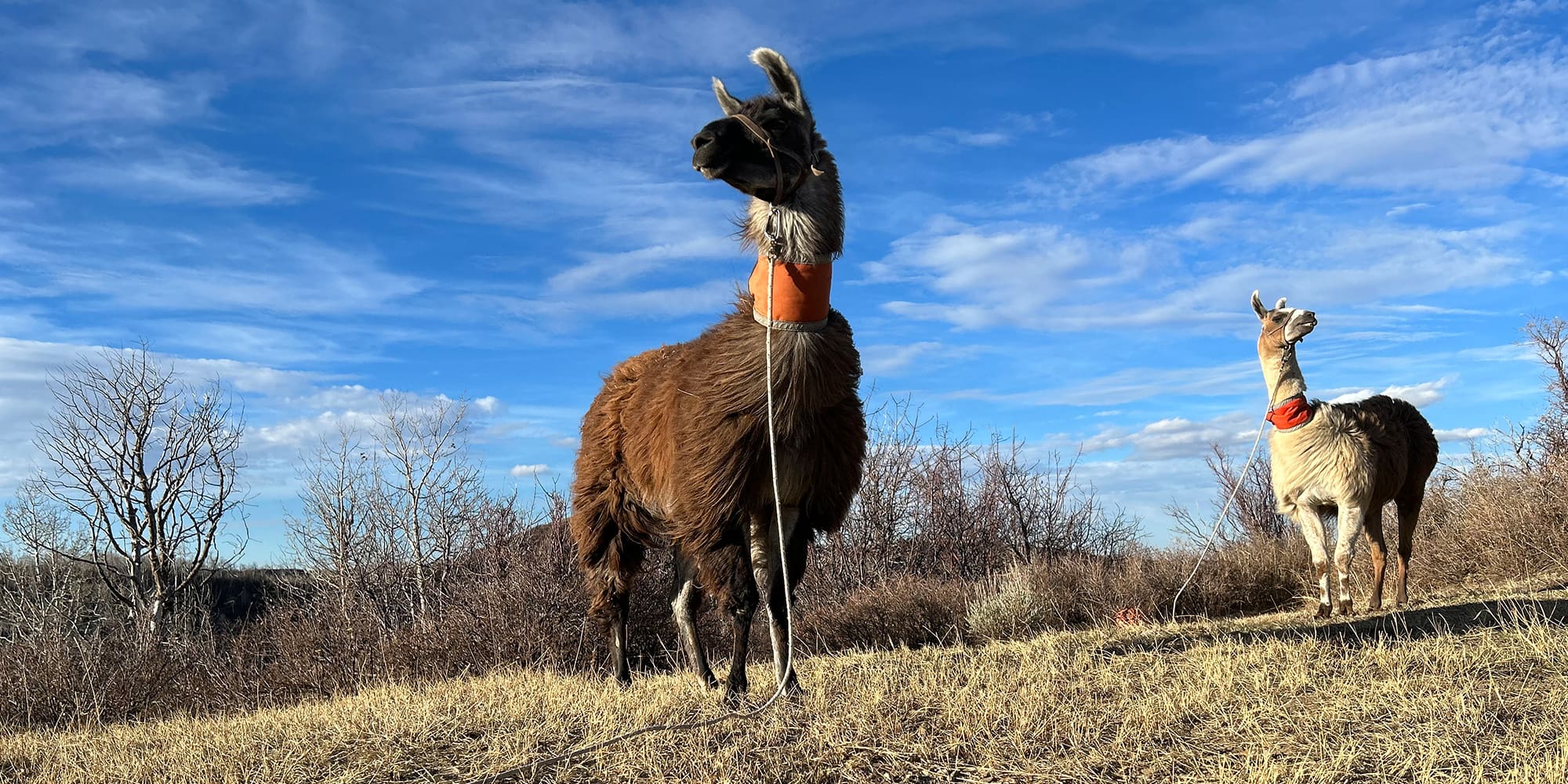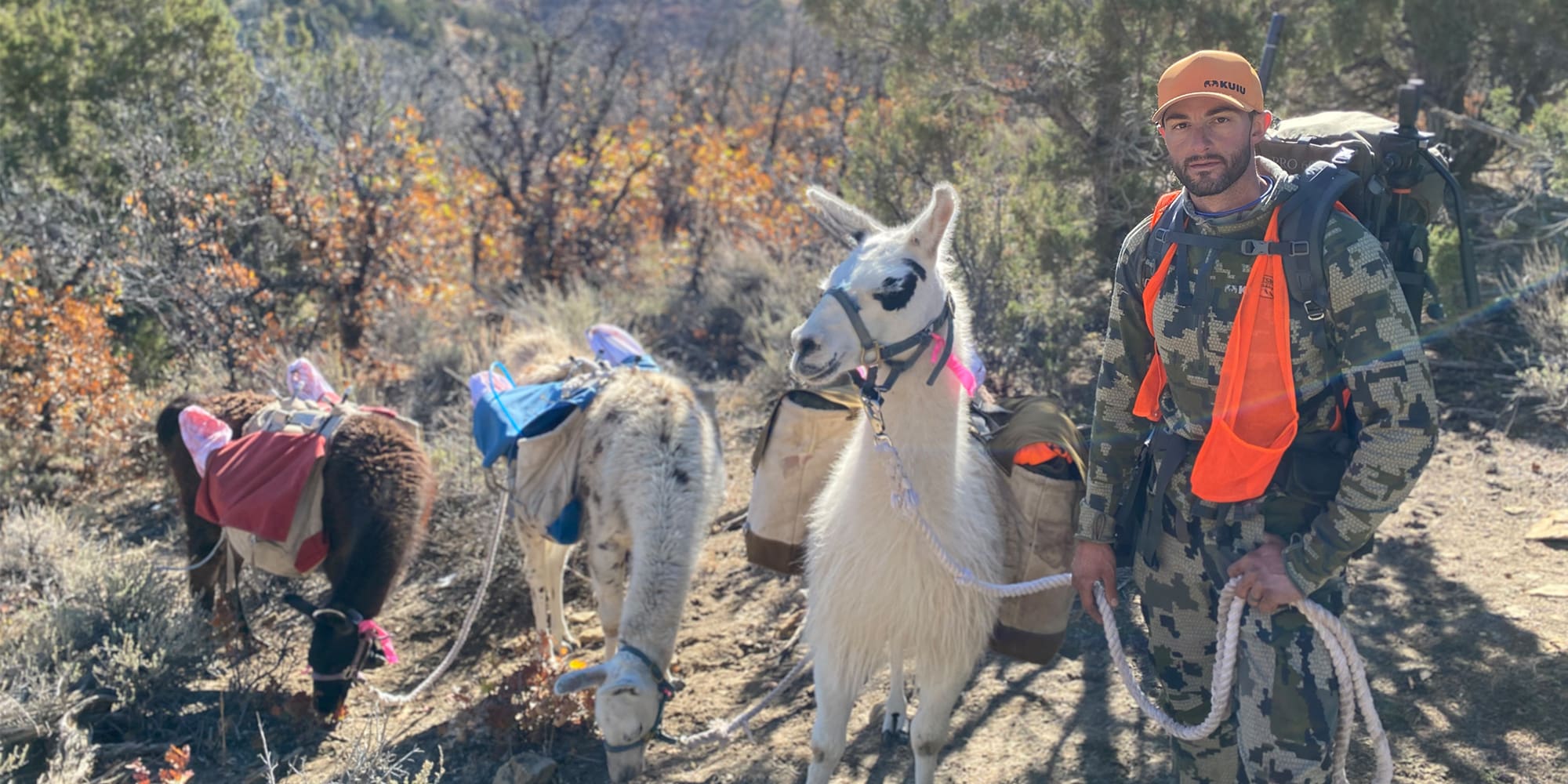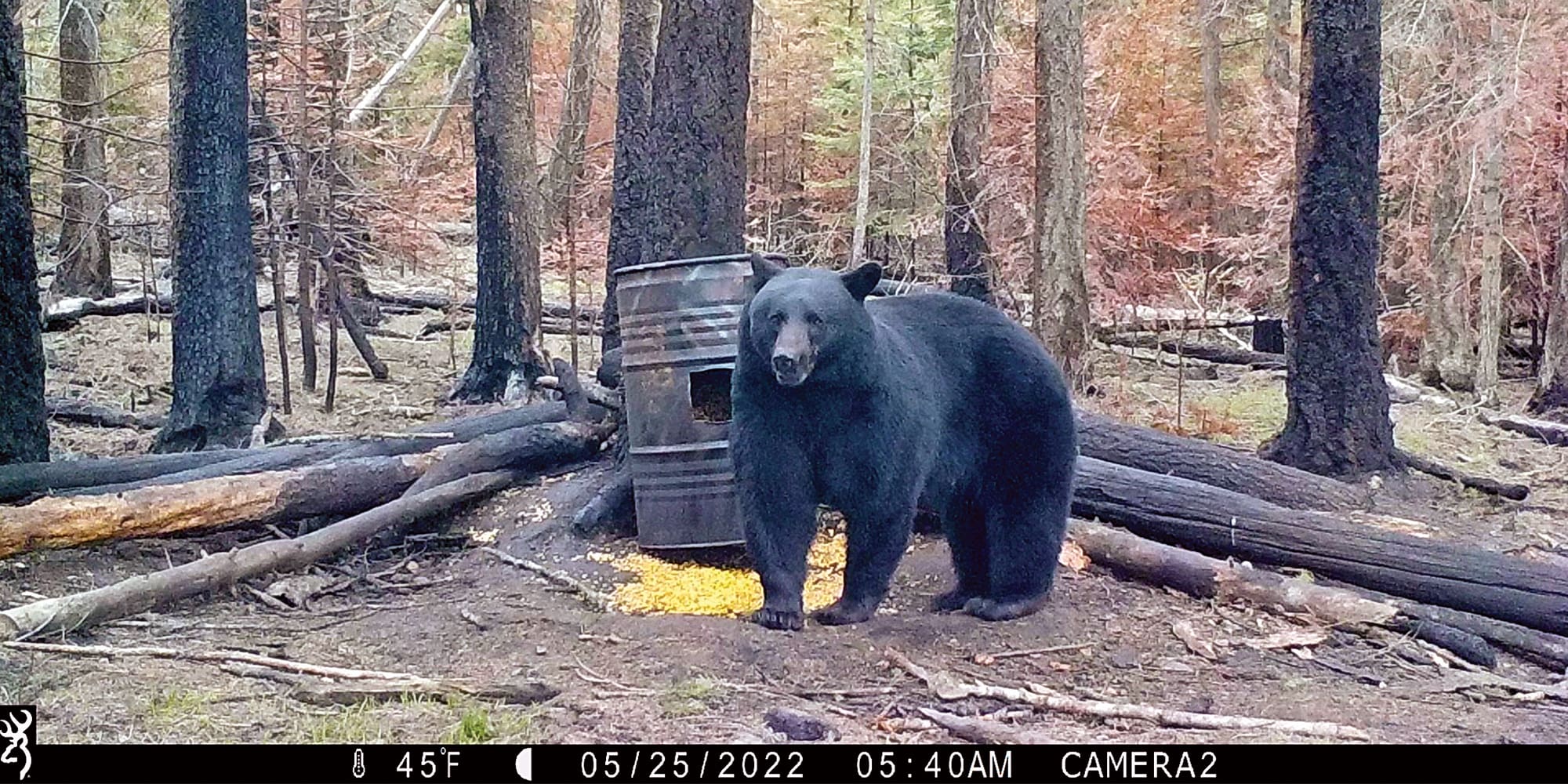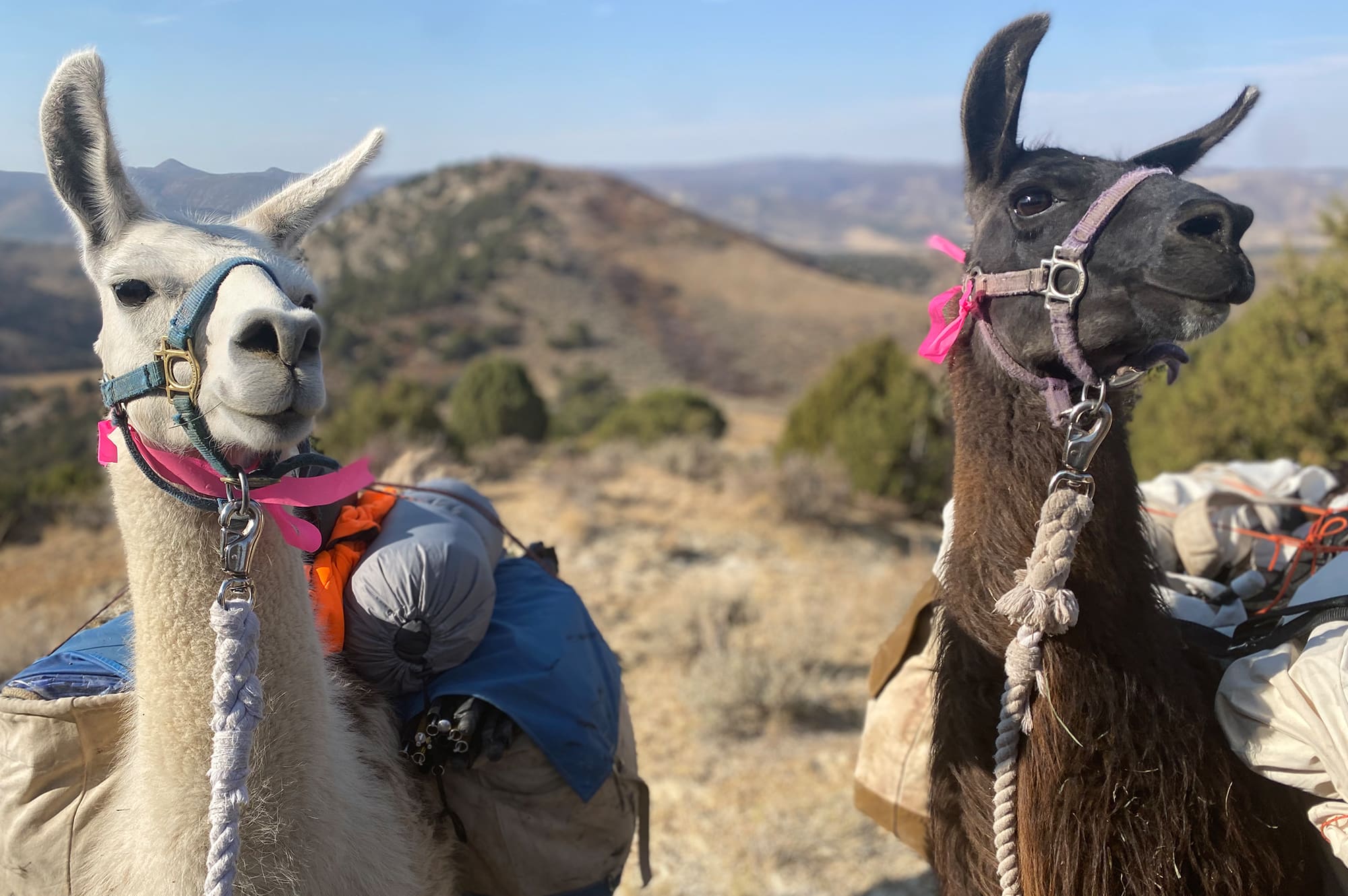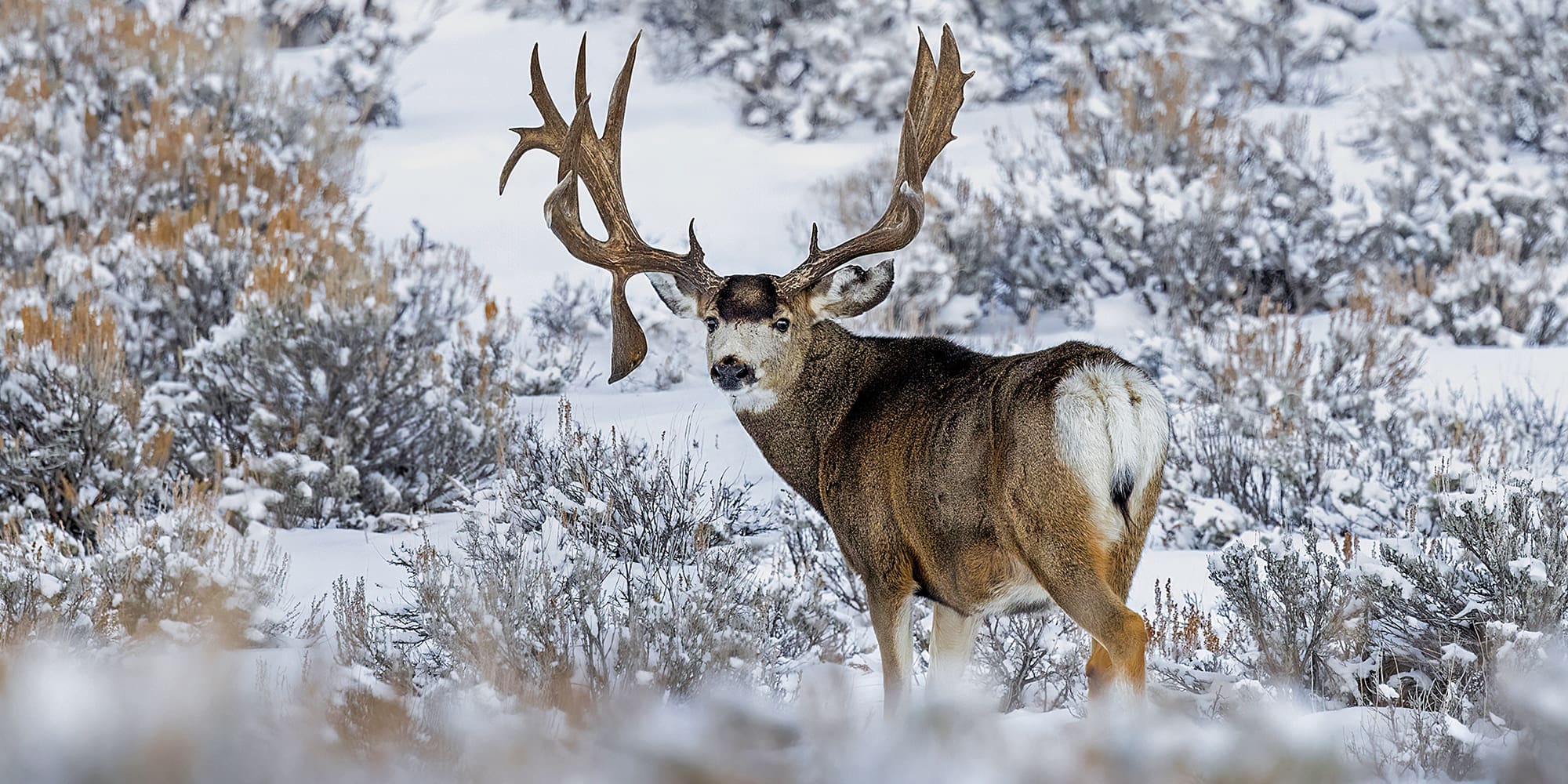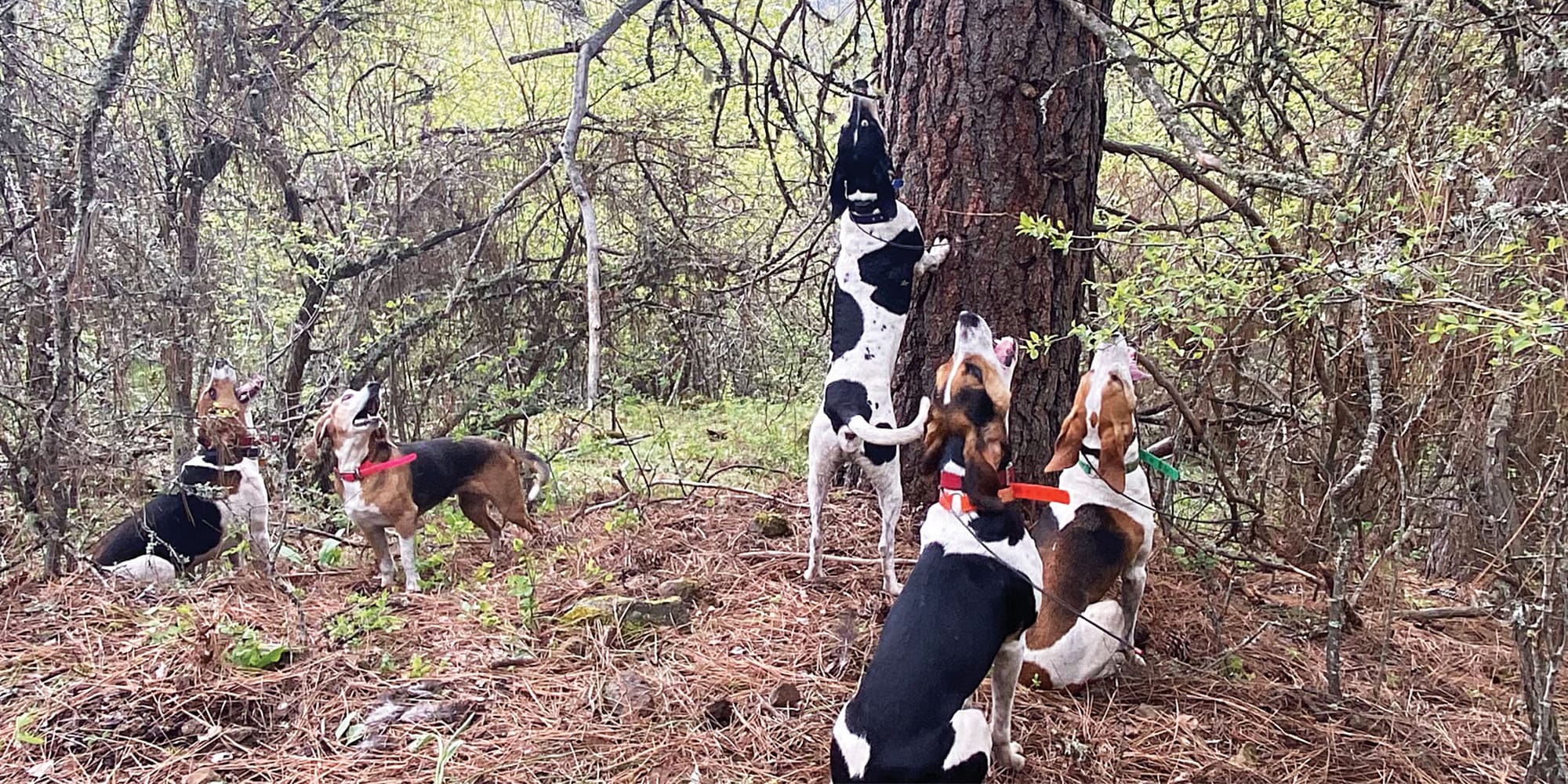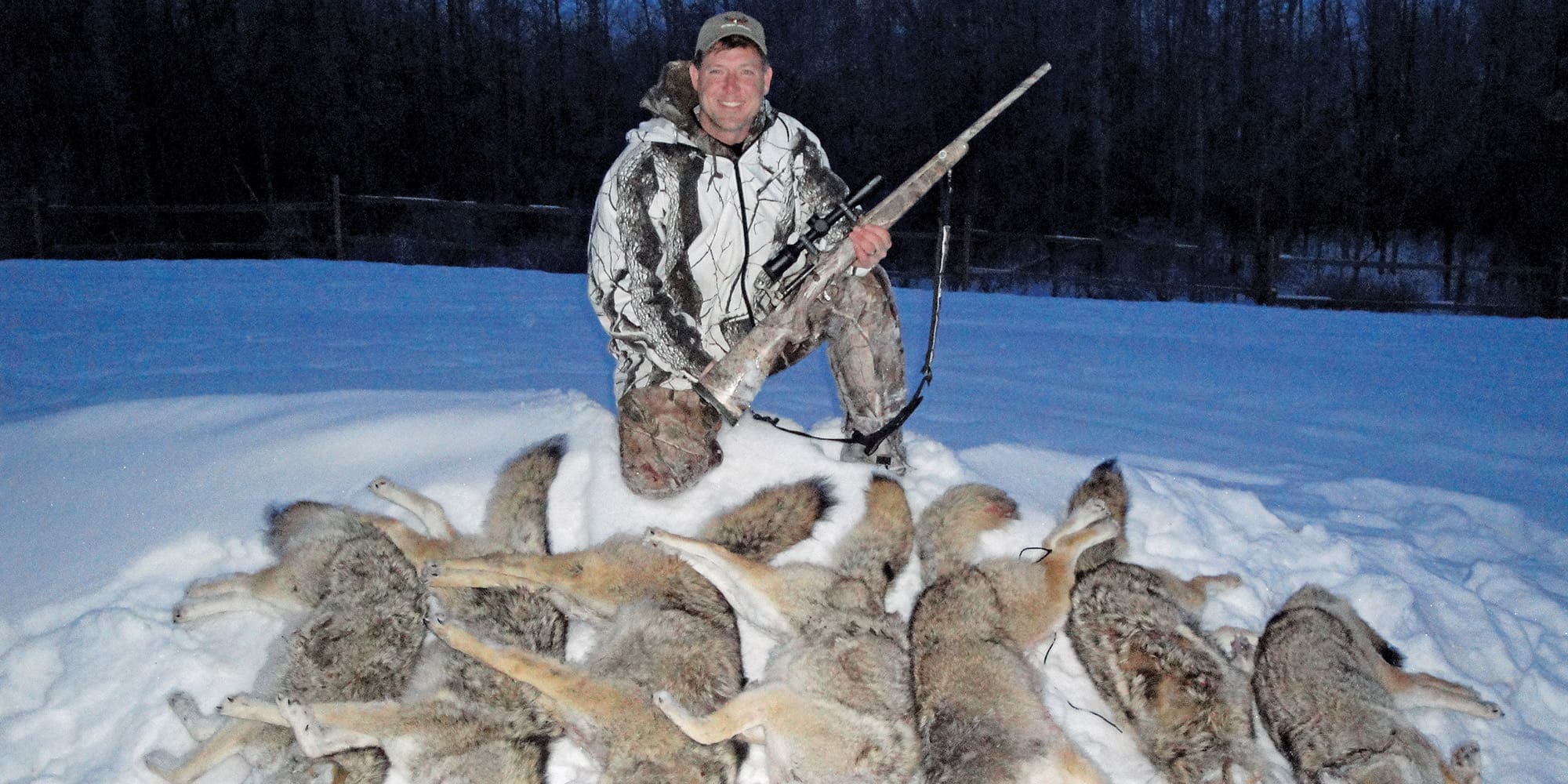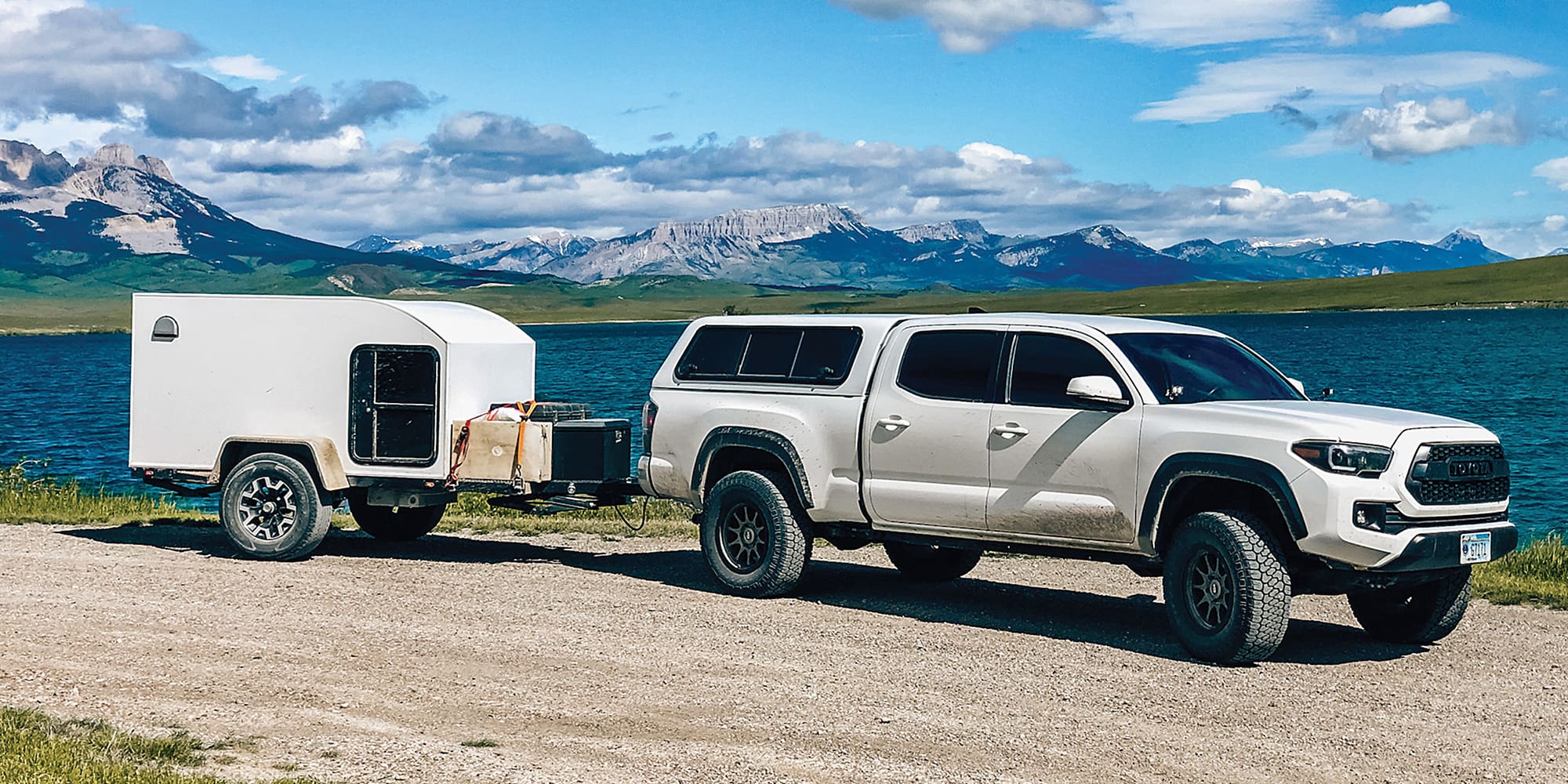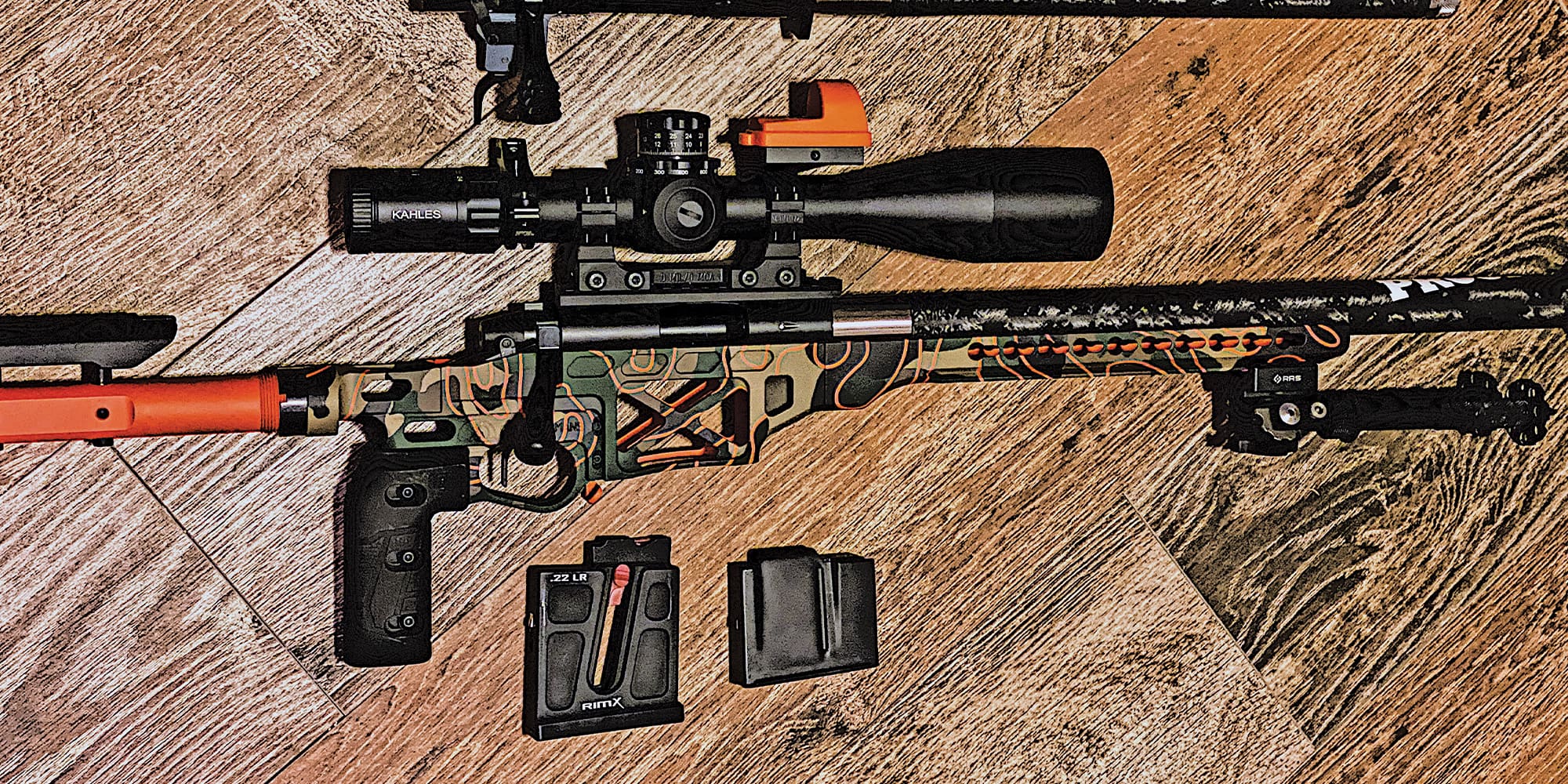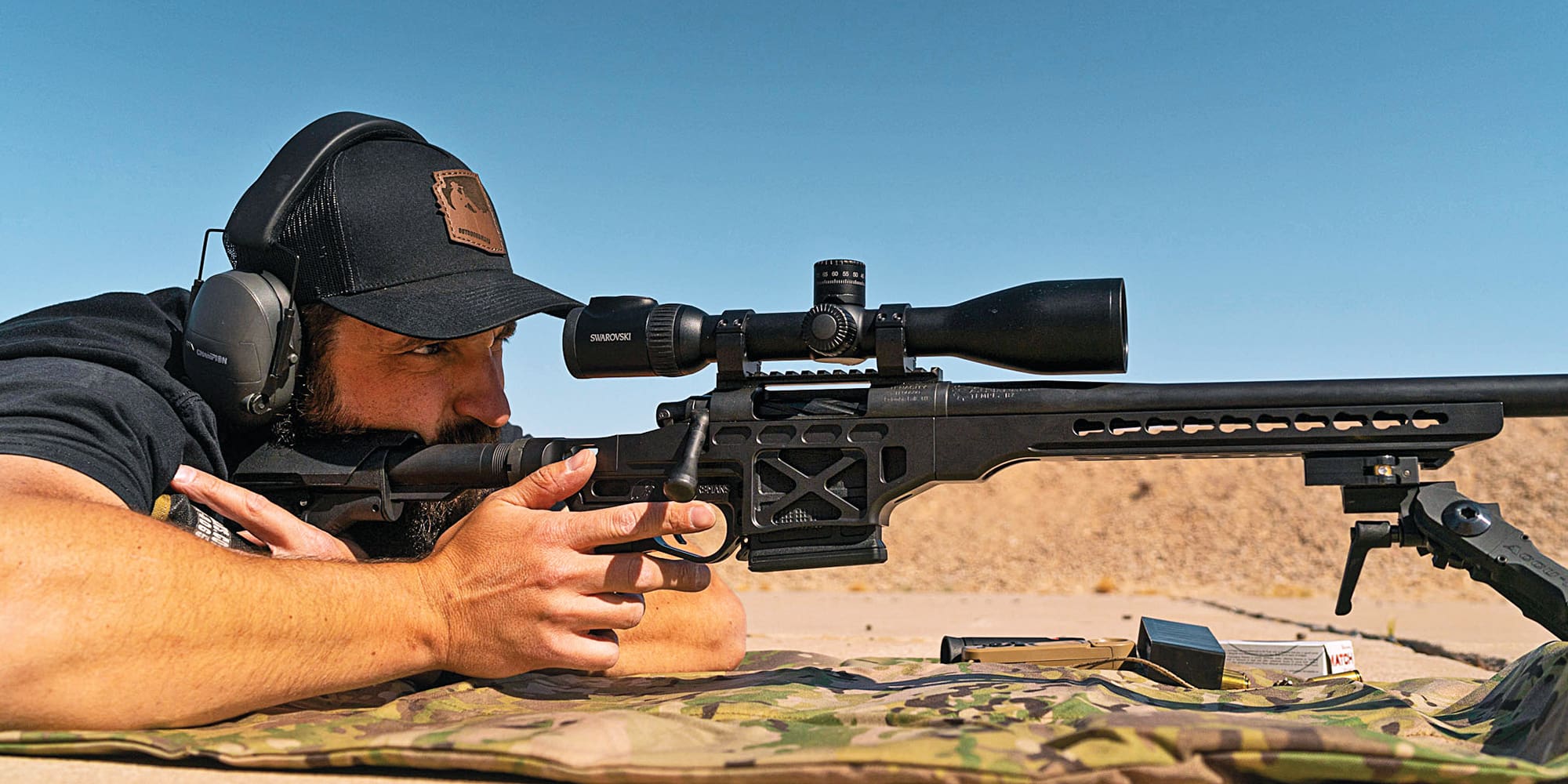
NOTICE: Certain links on this post may earn a commission for Western Hunter Magazine from Amazon or our other affiliate partners when you make a purchase. Thank you for your support.
Winds of Change Blowing in Colorado
Substantial changes have occurred to license allocation, preference points, and hunting regulations in Colorado. These, along with the unintended consequences of supply and demand in hunting opportunities and a decrease in quality mule deer hunting opportunities, should be the catalyst for you entering the draw process in Colorado to be as informed as possible.
The 2025 Big Game Hunting regulations are in the form of a 72-page “magazine” that has an overwhelming feel to it at first glance. It’s a massive amount of information to process for the newer applicants, but for those of us who have been doing this a while, the most important information is found on the first page in “What’s New: 2025.”

What's New In 2025
First is the Big Game season structure, which is the set dates of all big game seasons for every weapon of choice for a five-year period starting this year until 2029. This can be handy in planning future hunts and also seeing when those hunts open to possibly optimize the best possible year to try and draw certain licenses. One standout is that the first rifle elk hunt will open on a Wednesday as opposed to a Saturday opener. This might be inconvenient for people with children in school, but you could also look at it as an opportunity to leave the prior Saturday and scout for a few days before the opener, the day when most bull elk are taken during that season.
In response to criticism and complaints about the burgeoning number of archery hunters in the field in the last few years, non-resident over-the-counter (OTC) archery elk licenses are now limited and must be applied for through the draw process. Ultimately, it will be the quota numbers established that will dictate the crowding and also resident participation from a state with six million people living in it. Expecting drastic changes in elk behavior, i.e. coming into calls in response, is probably unrealistic.
There was a Parks & Wildlife staff recommendation to change the season structure dates to align with the previous model Colorado had established. What this would do is ratchet back the late season date openers specifically and reduce the days in between seasons. This would address some vulnerability issues faced by mule deer bucks that lose their inherent caution during the rut, but it was rejected by the Colorado Wildlife Commision, which is appointed by the governor. One staff member lamented to me the lack of public comment by hunters on this issue, but my reply was that, in my opinion, the Wildlife Commision has lost the trust of sportsmen and women, and most people don’t feel like their comments have any validity unless it aligns with the Commision objectives and stances.
A new law was passed in Colorado requiring secure firearm storage in unattended vehicles. Basically, you are required to have a firearm stored in a locked hard or soft case, out of plain view if the vehicle is unattended. A quick Google search of “Colorado HB24-1348” will give you specifics on what is required by the new law. Expect some CPW officers to actively enforce this law actively, and consider yourself warned. This is a civil violation with a penalty to include a $500 fine.
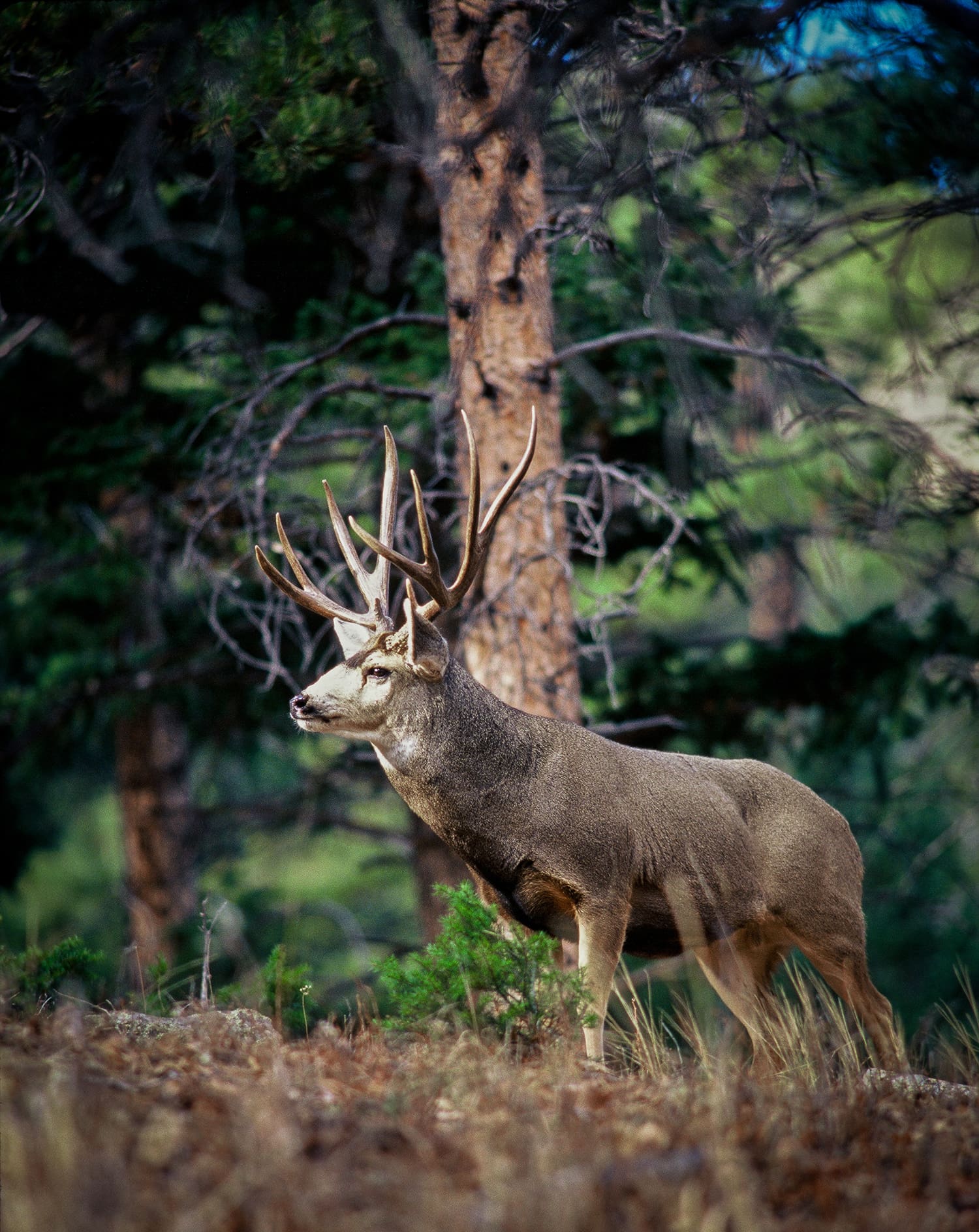
Notable Changes To Come In 2028
Most of the other changes for 2025 are not highly notable issues other than first rifle season buck tags in a few select units. What is important to remember is the coming changes to tag allocations and preference points starting in 2028. I predict that these changes will have dramatic impacts on applications over the next couple of years. The primary takeaways from the new system to be implemented in 2028 are as follows:
All draw tag quotas for deer, elk, antelope, bear, and turkey are to be split 75% resident and 25% non-resident for the first two choices on applications, which should effectively wipe out most buck and bull tag quotas in the draw for that year.
Both resident and non-resident pool quotas will be split 50/50 between high preference point holders and a bonus random draw in which you have essentially a raffle ticket in the hat for each preference point. These are referred to as “bonus points.” If you didn't get drawn as a high point holder and have 15 preference points, you now have 15 chances in the random bonus point draw.
Preference point fees will be implemented for deer, elk, antelope, bear, and turkey, with residents paying $15 for each species and non-residents paying $30 for each species. You can opt out of paying the fees and not gain the preference points, but due to the fairly nominal price compared to other states, expect few applicants to choose this option, further amplifying point creep.
*On March 7, 2025 (the same day we published this article), the Colorado Parks & Wildlife Commission voted to table the implementation of this fee. Given that most western states have a “point fee,” it will likely be reinstated.
There will be a 100% bonus point system implemented for bighorn sheep, goat, and moose. This is the “names in the hat” scenario and eliminates the convoluted weighted point system that was really not representative of the intent of a draw system but was more reliant on a randomly assigned draw number that was divided by your weighted points to get your final draw number. Once again, you will gain a chance in the draw for every bonus point you have. Weighted points you currently have will be converted to bonus points in 2028, so you will not lose them.
Bighorn Sheep, Mountain Goat, and Shiras Moose will now become “once-in-lifetime” tags for those who draw a male or either sex license. This rule is not retroactive, so it only applies to animals hunted successfully from 2028 onward. This will have little statistical impact on the draw because of the low number of tags drawn per year relative to the ever-increasing number of applicants, but it will appease those who resent others who have successfully drawn before.
License reissues for those who draw and have to turn in their tags will now be automated. You can check the “opt-in” during your application if you wish to be a part of this, but you will not be notified prior to the license being issued, your card charged, and your preference points used for that species. This system will eliminate much of the weekly dump of surrendered licenses to be re-sold. These licenses will instead be distributed to those who had attempted to draw that particular tag. There are contingency rules, but the system makes these unlikely scenarios not worth delving into in this forum.
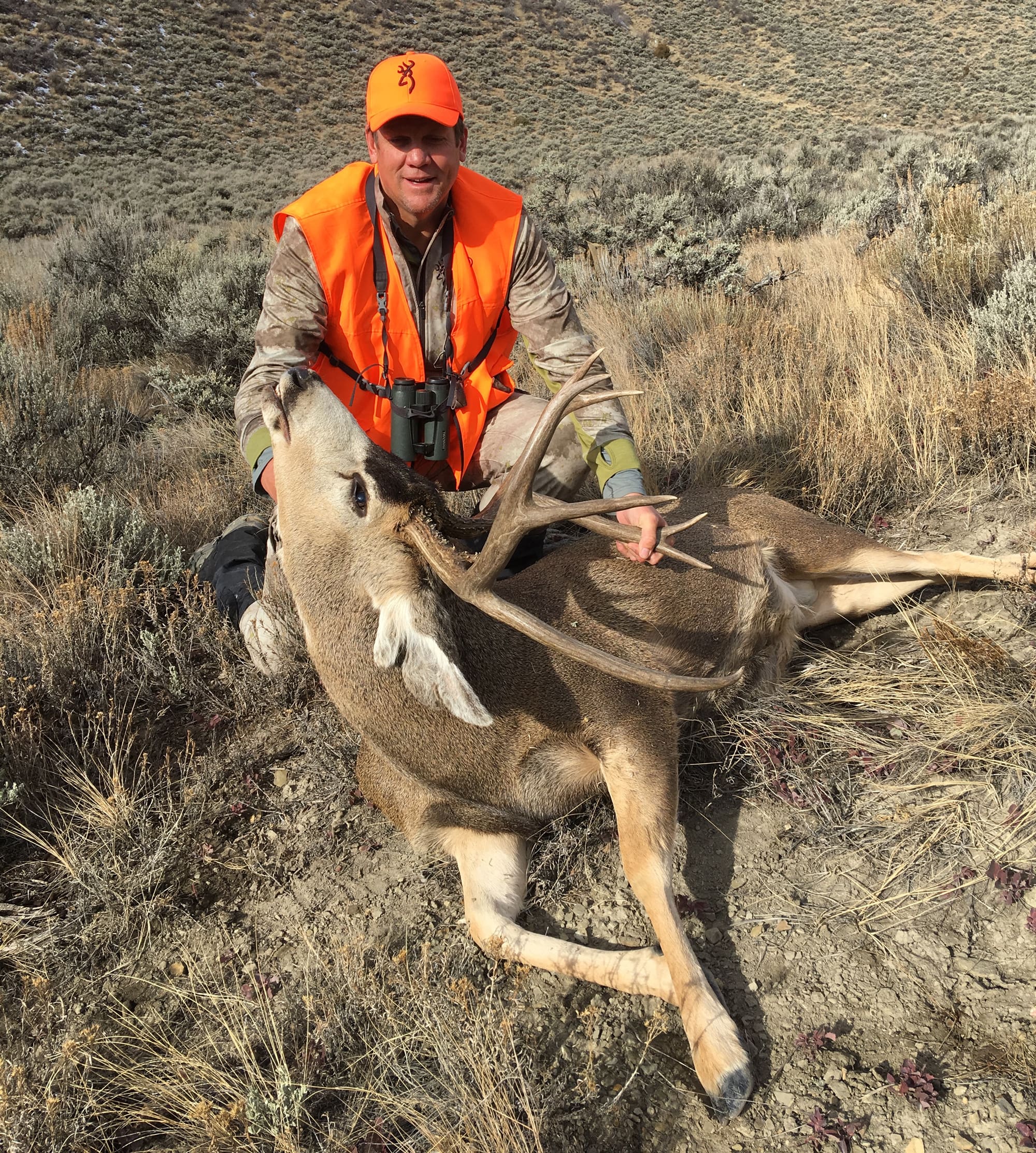
The Unintended Consequences
With the upcoming changes to the system looming in three years’ time come the unintended consequences of the changes and how these changes will impact the draw, specifically regarding non-residents.
For those who have been banking points for mule deer, for example, you now have a chance at drawing only half of the allotted tags for non-residents for that hunt code, and that is after the landowner allotment is taken off the top. If there are 100 tags for hypothetical unit 5643 and 15 come off the top for landowners, that leaves 85 to be split in the 75/25 ratio, and that equals 21 tags for non-residents. 11 will go to the high point holders, and 10 will go to the bonus point pool. That is a dramatic reduction in draw opportunity for high point holders, from 20% of tags to 12.5% of the tags, but there is an additional caveat.
If you didn’t get drawn as a high point holder, you might also get a chance in the random bonus point draw. It’s a change that will not please everyone but will give those with low numbers of preference points a mathematical chance, inspire them to purchase preference points in continuum, and provide additional funding for a cash-strapped wildlife agency.
Right now, with the changes imminent, expect to see people that have been sitting on piles of preference points jump into the fray and try and draw tags while they still have higher chances. This has been going on for a few years, but expect it to accelerate and amplify in the next couple of years.
This is evidenced by a preference point system that basically skimmed the top of the point pool in the draws every year. A person could see how many points it took to draw, see the number of applicants in line and their point totals, and reasonably estimate the amount of time in years it would take to draw. The fear of missing out and a general decline in the quality of mule deer hunting available in many units have inspired people to apply while they still have a chance of drawing anything.
For example, a unit that was consistently taking 5 points to draw and suddenly has an influx of a few high point holders drawing tags with 15-25 points is now unbalanced, and point creep is magnified. Extrapolate this scenario across many of the most popular units in Colorado, and you can see how this will temporarily ramp up point creep beyond what we have seen year to year. Eventually, most of the high point holders will be burning their points, but in the meantime, we have an amplification of some of the problems we are actively trying to reduce.
This also creates a planning issue, application fatigue, and for some, even a sense of hopelessness regarding what it will take to get a tag they have dreamed of. It’s the reality of the world we live in as the supply of quality hunting experiences is far outweighed by the demand. I encourage you to be informed and try to do the best with the points you have and the information provided. Colorado’s application deadline is, ironically, April Fools' Day (the 1st) this year. Be informed and plan accordingly so your application and use of your preference points aren’t foolish.
